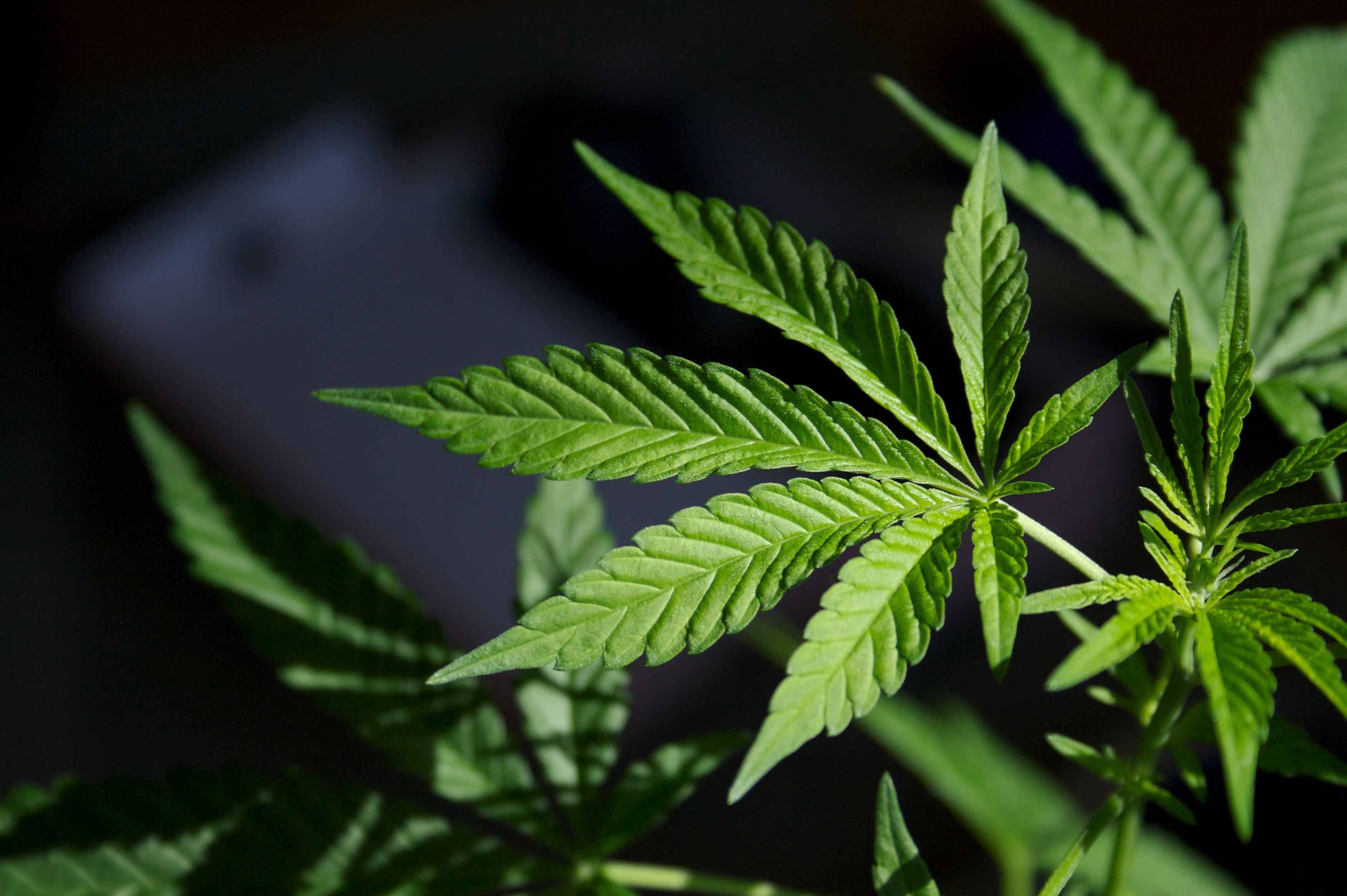Exactly How Clinical Cannabis Is Transforming Pain Monitoring Approaches in Medication
Clinical marijuana is improving just how we approach pain administration in medicine today. Its unique communication with the body's endocannabinoid system uses brand-new methods for relief, especially for persistent pain victims.
Recognizing Clinical Cannabis and Its Elements
Clinical marijuana is a powerful tool in discomfort administration, thanks to its one-of-a-kind elements. On the other hand, CBD, or cannabidiol, provides pain relief without the high, making it an appealing choice for those that prefer to avoid copyright results.
In enhancement to cannabinoids, terpenes play a significant duty in the restorative impacts of cannabis. By recognizing these components, you can make informed decisions concerning using medical cannabis for pain monitoring, customizing your method to match your specific requirements and choices.

The Science Behind Marijuana as a Painkiller
While several people seek alternate pain relief techniques, the scientific research behind marijuana exposes its effectiveness as a natural analgesic. When you consume cannabis, these cannabinoids bind to receptors in your mind and immune system, helping to modulate pain perception.
Study shows that marijuana can lower persistent discomfort, making it particularly beneficial for problems like arthritis, fibromyalgia, and neuropathic pain. Furthermore, the anti-inflammatory residential or commercial properties of CBD can minimize pain without the psychoactive impacts connected with THC. This double action makes marijuana a functional choice for several discomfort administration strategies. By understanding these mechanisms, you can appreciate how cannabis not just changes the discomfort reaction however also enhances your general wellness, providing an alternative method to discomfort alleviation.
Comparing Marijuana With Typical Discomfort Administration Options
When thinking about pain relief, you might ask yourself exactly how cannabis stacks up versus conventional alternatives like nsaids or opioids. While marijuana has revealed promising effectiveness in handling pain, it's vital to consider its advantages against possible negative effects. Let's discover exactly how these two approaches contrast in your pain monitoring journey.
Efficiency of Cannabis
How does marijuana pile up against traditional pain monitoring alternatives? Many people locate marijuana to be effective in minimizing persistent discomfort, usually mentioning its capacity to decrease discomfort without the need for opioids. Research indicates that cannabis can target certain pain pathways, providing alleviation for problems like joint inflammation and neuropathy.
Negative Effects Comparison
Although typical pain administration alternatives like opioids and nonsteroidal anti-inflammatory drugs (NSAIDs) are extensively made use of, they usually come with a range of side results that can impact your high quality of life. In comparison, clinical marijuana tends to have a different side impact account. Many individuals report that marijuana gives effective discomfort alleviation without the risk of addiction.
Client Experiences: Success Stories and Testimonies
Lots of people like you have located alleviation with clinical cannabis, sharing motivating stories of their recovery trips. These testimonies highlight not just discomfort alleviation, but an improvement in their total lifestyle. You've got the possibility to check out these powerful experiences and see exactly how marijuana may suit your very own pain administration strategy.
Personal Healing Journeys
As individuals seek relief from chronic pain, many recovery trips highlight the transformative power of clinical cannabis. As soon as battled with crippling pain yet discovered a new path to health, you may find inspiration in the tales of people who. For some, a straightforward change in their therapy plan resulted in substantial decreases hurting levels, permitting them to reclaim their daily lives. You might become aware of those who have actually switched standard painkillers for cannabis, experiencing less negative effects while taking pleasure in improved functionality. These endorsements usually highlight the psychological and emotional benefits too, showcasing exactly how cannabis can promote hope and strength. Your journey could mirror theirs, full of possibilities and renewed strength as you check out the recovery capacity of clinical cannabis.
Transformative Pain Relief
The stories of people discovering alleviation with clinical marijuana highlight its possible for transformative discomfort relief. You may hear from somebody who struggled with persistent back discomfort for years, only to uncover that a specific stress of cannabis significantly decreased their pain. As these experiences spread, much more individuals are discovering medical marijuana as a feasible alternative for managing their discomfort successfully.
Lawful Landscape and Access of Medical Cannabis
While maneuvering the advancing landscape of clinical cannabis can be tough, comprehending the legal structures and access choices is vital for people looking for alleviation. Laws differ considerably from state to state, so it's vital to acquaint yourself with your neighborhood guidelines. Some states have legislated medical cannabis entirely, while others might still enforce restrictions or otherwise enable it in any cannabis dispensary ontario way.
To gain access to clinical marijuana, you normally require a suggestion from a certified healthcare company, highlighting the importance of discovering a medical professional well-informed concerning cannabis treatments. When you get a recommendation, you can obtain a medical cannabis card, which grants you accessibility to dispensaries.
Bear in mind that even in states where cannabis is lawful, there may be limitations on the sort of products available, along with quantity restrictions. Staying informed concerning these regulations can empower you to take advantage of the advantages medical marijuana needs to use.
Difficulties and Considerations in Integrating Cannabis Into Treatment

Additionally, there's the problem of possible adverse effects, which can vary from light to serious. You'll also deal with the stigma bordering marijuana usage, both from healthcare service providers and patients, which could hinder open conversations regarding therapy options. Recurring research study is necessary to comprehend the long-term results and efficiency of cannabis in discomfort management. These factors to consider emphasize the demand for health care specialists to stay informed and strategy cannabis combination thoughtfully.
The Future of Discomfort Monitoring: Forecasts and trends
As health care proceeds to progress, pain monitoring is readied to undergo significant changes that could improve therapy techniques. You'll likely see a change towards even more individualized medication, where treatments are tailored to your unique hereditary make-up and certain discomfort problems. Medical cannabis is anticipated to play an important function in this advancement, supplying much safer options to opioids and decreasing reliance on standard pain relievers.
Telemedicine will additionally become much more widespread, allowing you to talk to specialists from the comfort of your home. This comfort can enhance accessibility to pain administration resources and assistance. Furthermore, developments in innovation, such as wearable devices, will certainly allow real-time monitoring of discomfort levels, encouraging you to handle your condition better.
As research continues to confirm the benefits of clinical cannabis, you can expect more doctor accepting these treatments, ultimately bring about improved end results and lifestyle.
Frequently Asked Inquiries
What Are the Prospective Side Results of Medical Cannabis for Pain Management?
When utilizing medical marijuana for pain administration, you could experience side effects like dizziness, dry mouth, exhaustion, or changes in hunger. It is necessary to monitor exactly how your body responds and consult your doctor if required.
Just How Is Dose Determined for Medical Cannabis in Discomfort Therapy?
When identifying dose for clinical cannabis, you think about aspects like your weight, discomfort seriousness, and individual tolerance. It is essential to begin reduced and progressively increase until you discover the most reliable dose for your demands.

Can Medical Marijuana Interact With Other Medicines?
Yes, medical cannabis can communicate with various other medications. It's necessary to review your current prescriptions with your doctor to stay clear of potential negative useful content effects or minimized effectiveness of your therapies while utilizing marijuana.
Is Medical Marijuana Effective for All Kinds Of Discomfort?
Medical cannabis isn't effective for all kinds of pain. It might aid with persistent discomfort, yet feedbacks vary. You ought to seek advice from a medical care expert to establish if it appropriates for your specific problem.
What Are the Costs Related To Medical Cannabis Therapy?
When taking into consideration medical cannabis therapy, you'll locate expenses differ extensively. Expenditures include assessments, product costs, and prospective insurance protection. It's necessary to research study and budget appropriately for a comprehensive look these up understanding of your financial commitment.
Medical cannabis is improving how we approach discomfort administration in medication today. By recognizing these elements, you can make informed choices concerning using clinical marijuana for pain monitoring, customizing your strategy to match your certain needs and choices.Study reveals that cannabis can reduce persistent pain, making it particularly useful for problems like arthritis, fibromyalgia, and neuropathic discomfort. By understanding these systems, you can value just how cannabis not only changes the discomfort reaction yet likewise enhances your overall well-being, supplying an alternative approach to pain relief.
What Are the Possible Side Effects of Clinical Marijuana for Pain Monitoring?